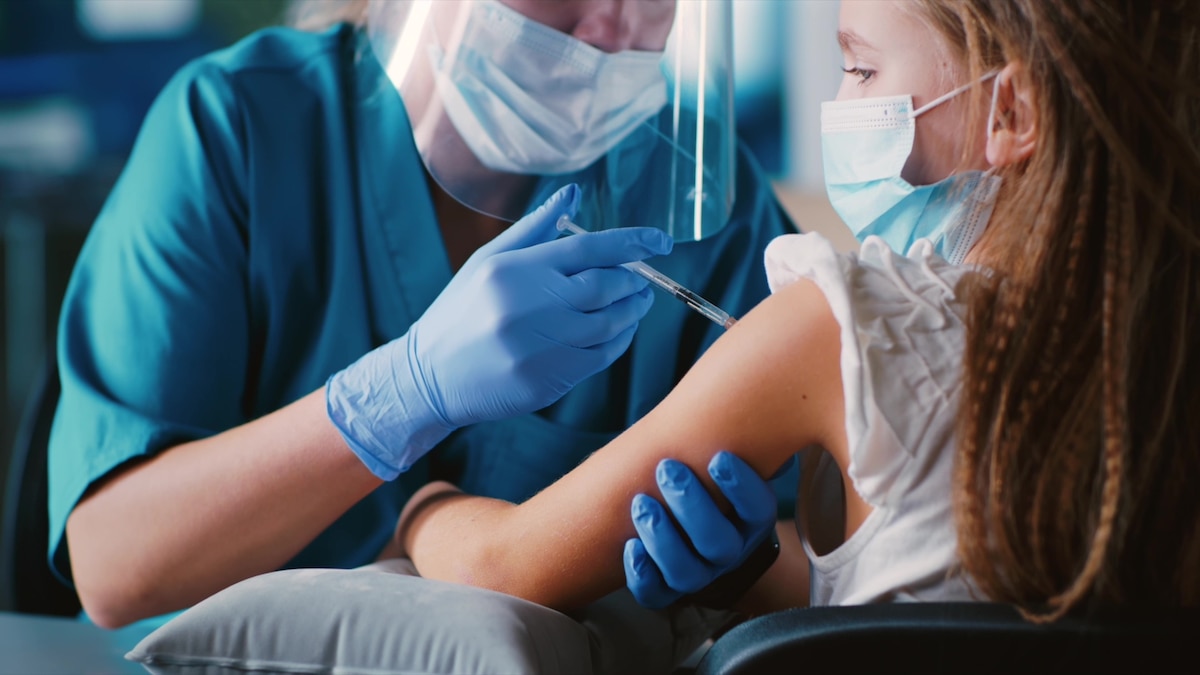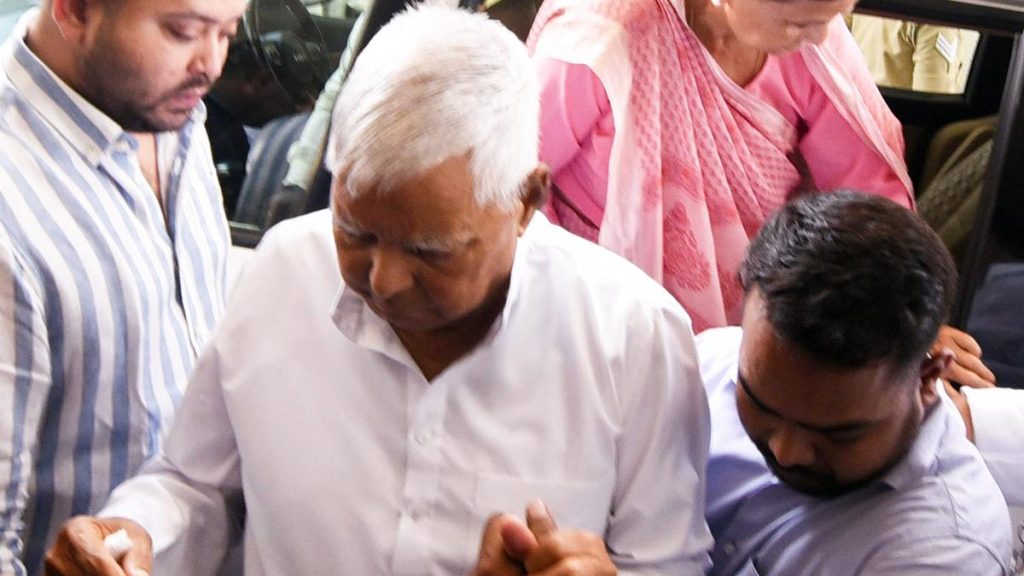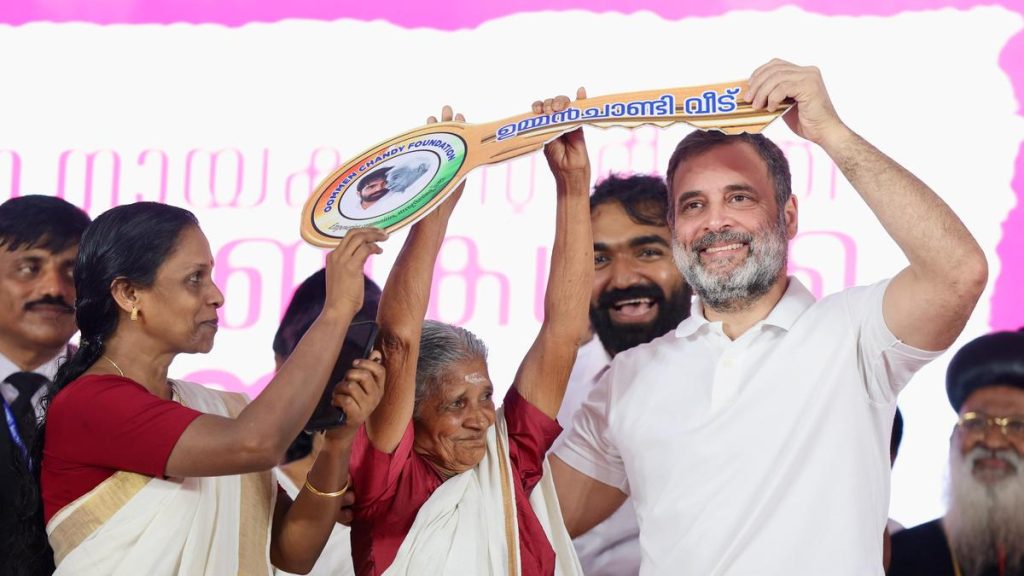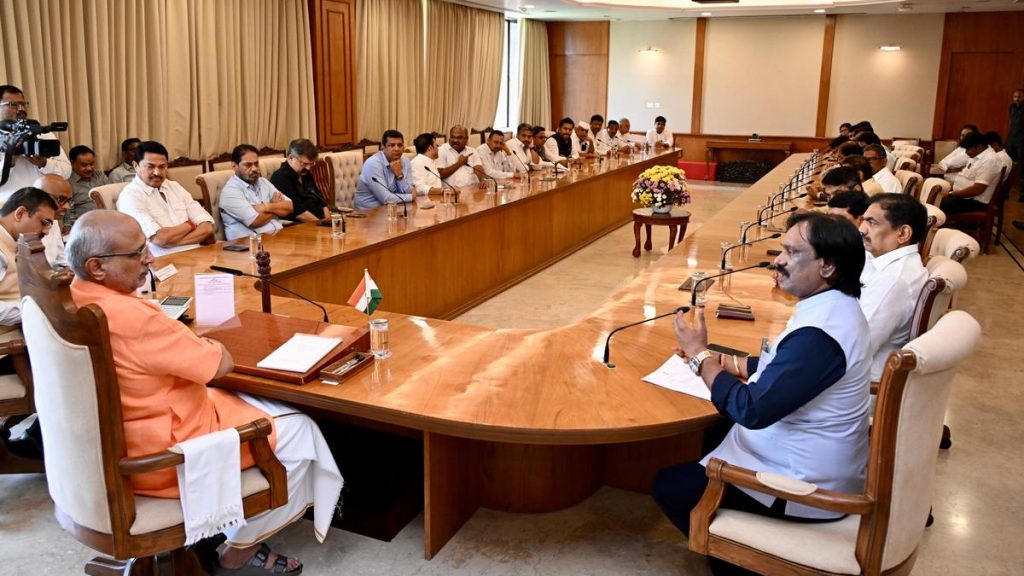Now Reading: Revolutionizing Child Health: Innovations in Immunization Access
-
01
Revolutionizing Child Health: Innovations in Immunization Access
Revolutionizing Child Health: Innovations in Immunization Access

Fast Summary:
- Edward Jenner developed the first vaccine in 1796, leading to global immunization against diseases like smallpox and contributing to the eradication of many infectious diseases.
- Vaccination programs prevent around five million deaths annually, considerably reducing child mortality over 25 years. Challenges persist, as diseases like pneumonia and measles remain major threats for children under five globally.
- Organizations like WHO, UNICEF, and Gavi actively work towards increasing vaccination coverage worldwide. However, global immunization rates for basic vaccines have plateaued at around 84%.
- Scientific advancements include maternal vaccines that provide protection from birth (e.g., tetanus and respiratory syncytial virus [RSV]). A new RSV maternal vaccine targets areas with high infant mortality due to RSV-related pneumonia.
- The hexavalent vaccine efficiently combines protection against six major childhood diseases into one dose, simplifying administration while easing strain on healthcare systems.
- Researchers are testing microneedle array patches (MAPs), which deliver vaccines via microscopic needles on a skin patch-safe trials demonstrate potential for easier administration by volunteers.
- Vaccine effectiveness depends on cold chain logistics; innovations like Solar Direct Drive refrigerators solve challenges of maintaining temperature in areas without electricity while doubling vaccination coverage in places such as Kenya’s Makueni County.
- Health workers strive for equitable access to vaccinations through international collaboration alongside governmental funding efforts focused on reaching remote underserved populations.
Image caption: Infographic highlighting impacts of vaccination initiatives globally.
!Healthy communities infographic_Vaccinations
Indian Opinion Analysis:
India’s strong tradition of immunization campaigns-exemplified by accomplished polio eradication efforts-is crucial given its position as a populous nation where healthcare accessibility varies across urban and rural settings. The plateauing global vaccination rates reflect challenges relevant domestically too; infrastructure gaps or localized logistical barriers may hinder outreach efficacy within remote regions.
Innovations such as hexavalent vaccines and microneedle array patches could significantly reduce the burden repeated inoculations place on overextended healthcare professionals while facilitating broader community involvement in village health programs. India’s ongoing investment into solar energy solutions could further amplify benefits found via Solar Direct Drive refrigeration systems ensuring cold-chain consistency amidst geographical diversity.
Ultimately aligning technological prowess innovatively tackling modern implementation represents collective addressing remaining fatal infectious risks systematically forwarding progress toward healthier societies interwoven universally whilst adaptable local needs equitably!
Read More: national Geographic article Link
























